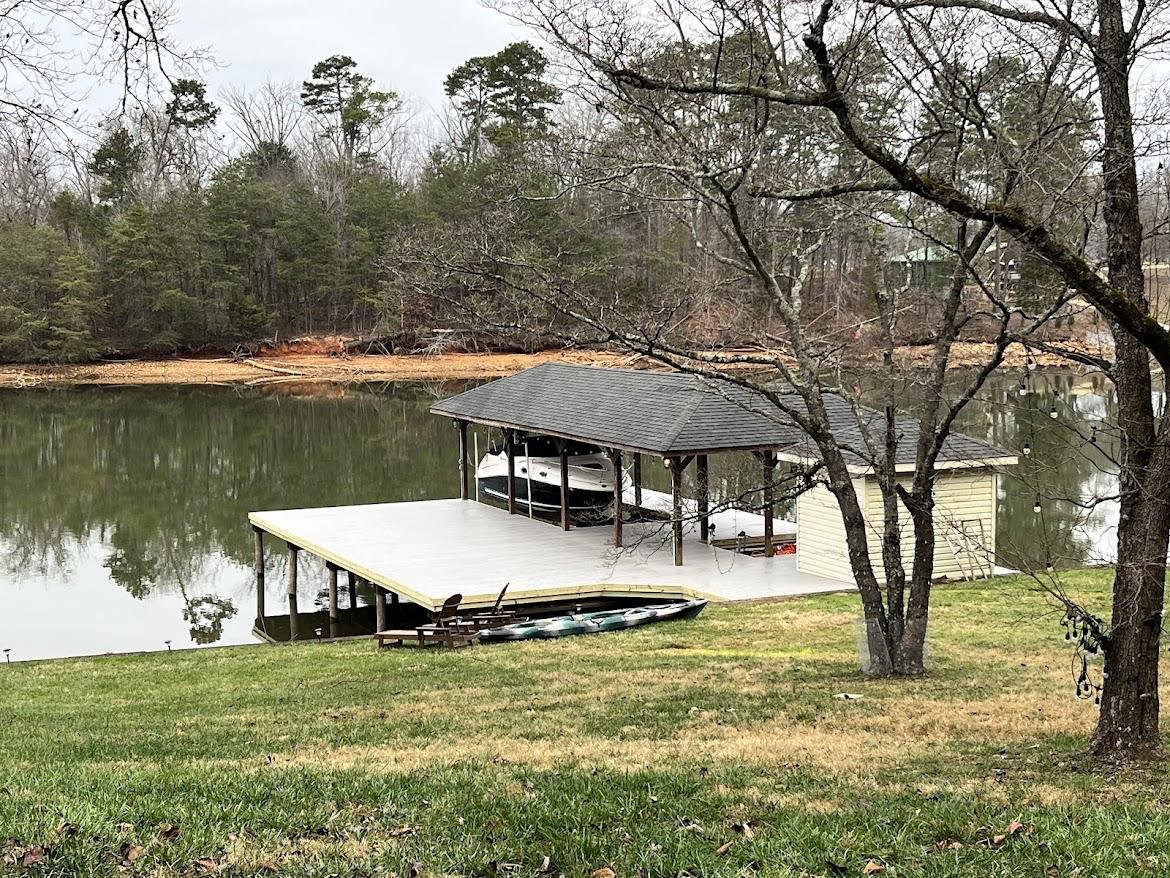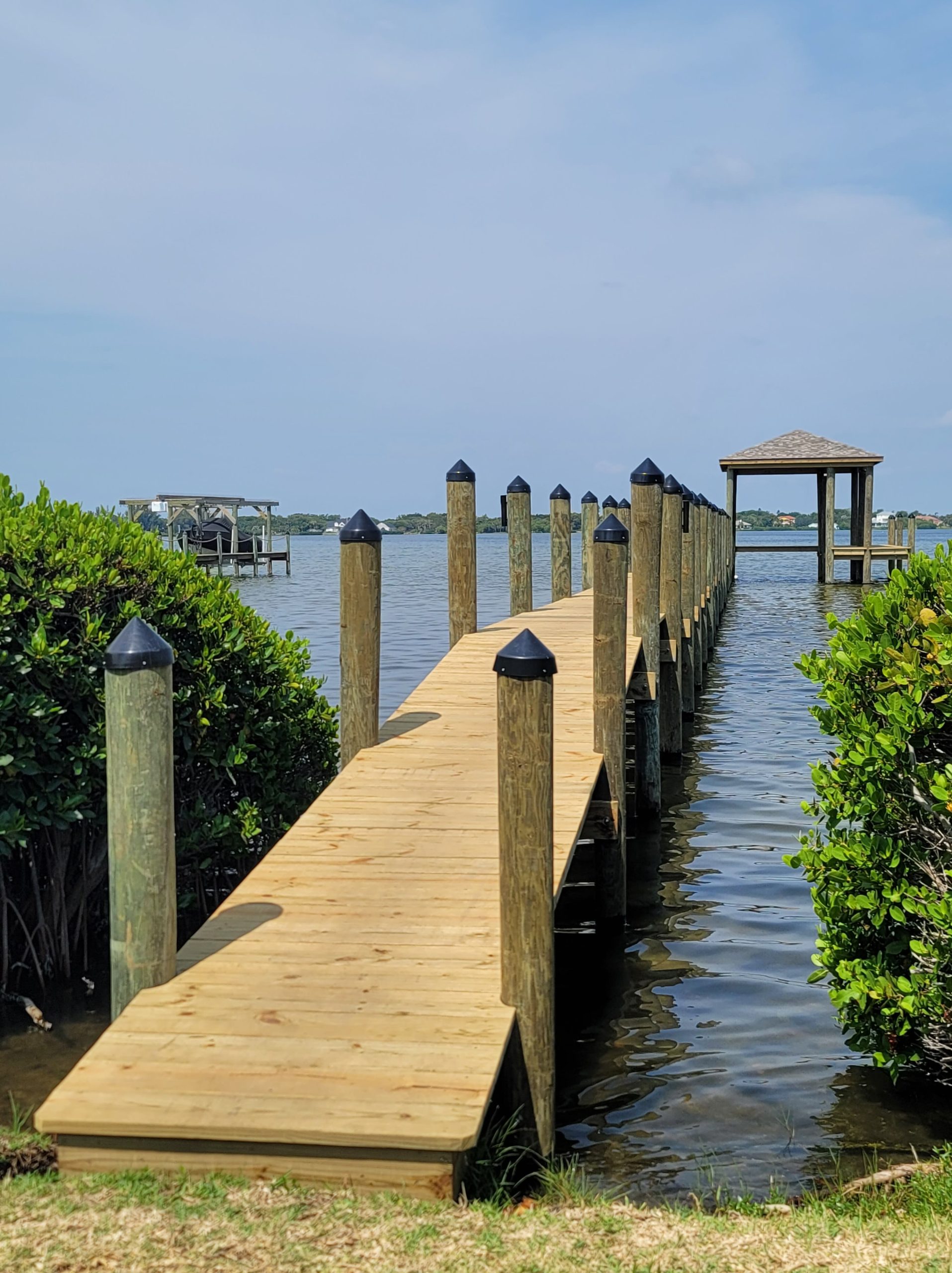DIY Tips for Simple Dock Repairs You Can Handle
DIY Tips for Simple Dock Repairs You Can Handle
Blog Article
Effective Dock Fixing Techniques: Making Sure Structural Stability
Making sure the structural honesty of docks through efficient repair methods is paramount for the longevity and safety and security of aquatic centers. This includes a multi-faceted strategy starting with comprehensive inspections utilizing sophisticated technologies like finder equipment and remotely ran vehicles (ROVs) to detect both noticeable and hid damages. Ultimately, selecting the ideal repair service products, such as composite materials and corrosion-resistant alloys, is vital for toughness. Structural support techniques, including the implementation of cross-bracing systems and load-distribution plates, play an important function in mitigating stress factors. The value of these methods comes to be obvious when checking out innovative repair approaches and preventative maintenance strategies.
Assessing Dock Damages
Evaluating dock damage is a critical first action in making sure the architectural integrity and safety of any kind of docking center. Secret elements to examine include the dock's structure, pilings, outdoor decking, and equipment (Dock Repairs).
Architectural engineers or qualified inspectors normally perform these analyses using specialized techniques and tools. Undersea examinations might employ finder devices or remotely ran automobiles (ROVs) to find submerged damage. Over water, visual inspections are enhanced by utilizing moisture meters and other diagnostic devices to uncover underlying concerns not promptly visible to the nude eye.

Deciding On Fixing Materials
Choosing the appropriate repair materials is a critical action in the dock repair procedure, one that directly influences the longevity and performance of the fixed framework. Product option must be driven by elements such as environmental conditions, load-bearing demands, and compatibility with existing dock parts. For circumstances, timber is a conventional choice for docks due to its natural resilience and aesthetic charm. Nonetheless, picking the appropriate sort of wood, such as pressure-treated lumber or naturally rot-resistant species like cedar or teak, is important to stand up to marine settings.
In addition to timber, composite materials are increasingly preferred due to their durability and reduced maintenance needs. Compounds, generally made from a mix of plastic and wood fibers, offer exceptional resistance to rot, insects, and UV damage. For steel docks, choosing corrosion-resistant alloys such as galvanized steel or marine-grade light weight aluminum is necessary to prevent rust and make certain structural integrity in saline water conditions.
Epoxy materials and marine-grade sealants are indispensable for repairing fractures and securing joints, providing a water resistant obstacle and boosting the dock's total strength. By thoroughly picking top quality products, dock fixings can achieve lasting results, consequently guarding versus future destruction and ensuring risk-free, reliable use.
Architectural Support Strategies
Reliable architectural support techniques are vital in making sure the security and long life of dock repairs. One essential method entails using steel or composite support bars (rebar) within concrete frameworks. Rebar provides additional tensile toughness, avoiding splits and dispersing lots extra equally. This method is particularly effective for docks exposed to hefty lots or extreme environmental conditions.
Another essential strategy is the application of fiber-reinforced polymers (FRP) These materials offer high strength-to-weight proportions and superb resistance to rust, making them perfect for reinforcing concrete or wooden anchors. FRP can be used in strips or sheets and bonded with epoxy materials to improve structural honesty.
Bracing and anchoring systems additionally play a crucial duty in architectural reinforcement. Cross-bracing, making use of metal or wood beam of lights, can counteract side forces, lowering persuading and movement. Anchoring systems, such as helical piers or driven piles, supply a stable structure by transferring lots to deeper, more steady dirt layers.
Finally, the integration of load-distribution plates can help disperse weight more equally across the dock's that site surface area, mitigating local stress factors. These techniques collectively make certain that docks continue to be secure and robust, with the ability of enduring the rigors of their operational atmosphere.
Advanced Fixing Methods

An additional innovative strategy entails undersea welding, which permits repair services to be performed without the demand to dewater the area. This method is especially beneficial for attending to structural issues in submerged dock parts, guaranteeing very little disruption to operations. Boosted welding techniques, combined with robotic systems, supply precision and reliability, therefore expanding the life-span of the dock.
Furthermore, cathodic protection systems are implemented to prevent deterioration in metallic dock structures. By utilizing sacrificial anodes or pleased present systems, these techniques properly alleviate the electrochemical processes that lead to product wear and tear.
Lastly, progressed surveillance innovations, such as structural wellness surveillance (SHM) systems, supply real-time data on the problem of dock structures. These systems make it possible for positive maintenance and prompt treatments, eventually ensuring the lasting structural honesty of the dock.
Maintenance and Avoidance
Maintenance and avoidance are fundamental principles that underpin the durability and safety of dock frameworks. Regular examinations are critical, permitting early detection of deterioration, potential weak points, and environmental effects. A proactive technique, involving regular look for corrosion, rot, and architectural shifts, minimizes costly fixings and extends the dock's functional life.
Safety nets ought to include applying safety layers to steel components to secure against corrosion and utilizing treated wood to stand up to decay. In addition, guaranteeing correct drainage and air flow can prevent water build-up, which is an usual reason for structural destruction. Incorporating top quality materials and adhering to maker guidelines throughout construction and repair service stages likewise play essential duties in enhancing sturdiness.

Training employees in dock upkeep finest methods makes sure constant application of precautionary steps. Leveraging technological advances, such as drones for examinations and sensing units for real-time monitoring, can even more enhance upkeep efforts. By focusing on maintenance and avoidance, dock hop over to here proprietors can guarantee architectural stability, operational safety and security, and economical management over the dock's lifespan.
Verdict
In verdict, preserving the architectural integrity of aquatic facilities demands extensive dock repair strategies. Advanced repair work methods, paired with routine upkeep practices, make sure the dock continues to be operational and secure under varied environmental problems.
Making certain the structural honesty of docks via reliable repair strategies is vital for the longevity and safety and security of marine centers.Selecting the ideal fixing products is a pivotal step in the dock remediation procedure, one that straight affects the longevity and performance of the repaired structure.Efficient structural reinforcement strategies are critical in guaranteeing the stability and long life of dock fixings. By focusing on maintenance and prevention, dock owners can make certain architectural stability, operational safety, and cost-effective monitoring over the dock's life-span.
In final thought, preserving the structural honesty of marine facilities demands thorough dock repair service methods.
Report this page